Welcome back to this month's Science Student Spotlights! Throughout the year, we'll be featuring the science and work of some of our best and brightest SEPM Student Members, including some of our SEPM Foundation Research Grant awardees.
Check out some of this month's featured student work:
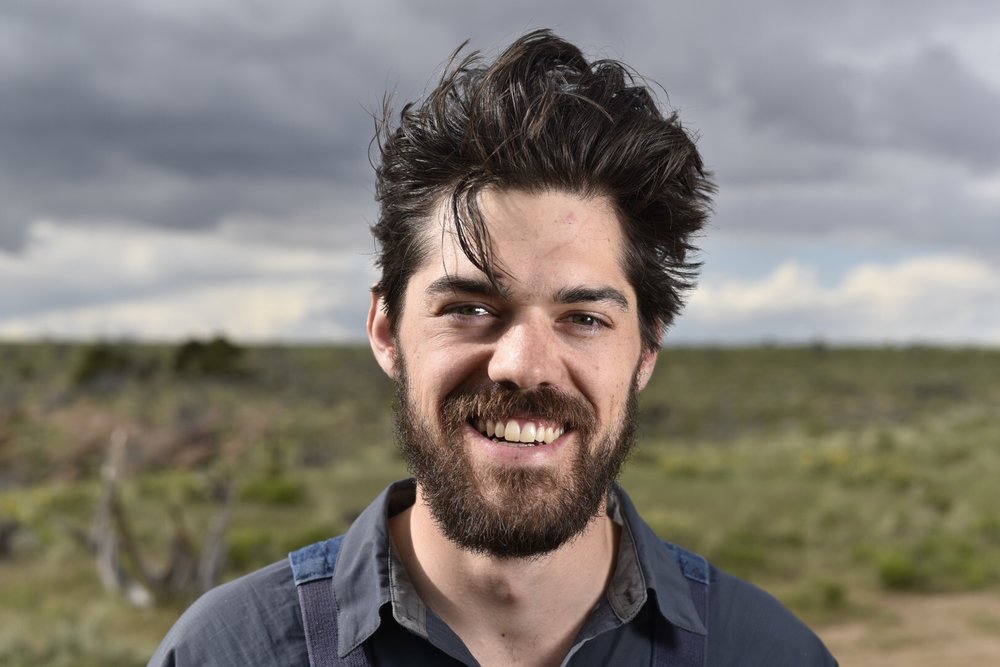 | Name: Ethan Parrish |
 | Name: Justin Friend |
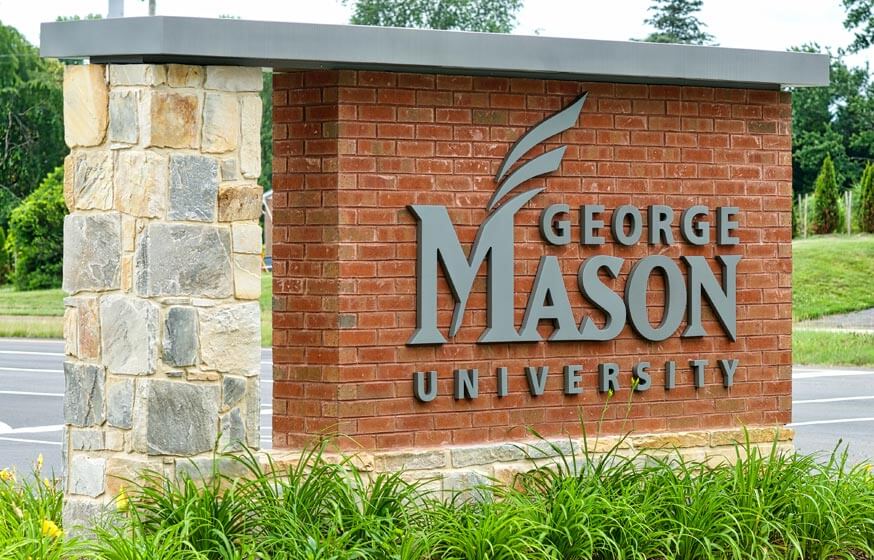 | Name: Randolph Rutledge Summary: My research focuses on quantifying vertical land deformation from past subduction zone earthquakes. I use field methods of coring and stratigraphic correlation, to look for sharp lithologic changes indicative of past subduction zone events. I then examine microfossils (diatoms), on either side of the lithologic contacts, to quantify how much vertical movement would have taken place across those sharp contacts. |
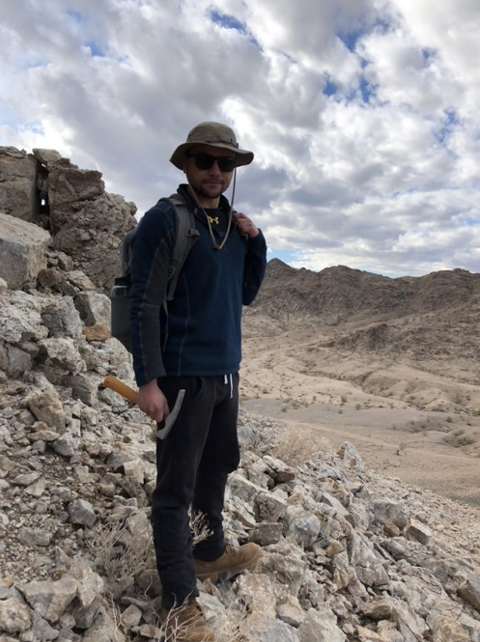 | Name: Noah Zaffino Summary: Thus far, my work has consisted of field work in east-central Nevada and laboratory work at UNCW. In Nevada, my advisor and I sampled every half-meter across a stratigraphic section that we believe contains the first three excursions of the punctata event. In the laboratory at UNCWs Center for Marine Science, I have begun grinding samples for analysis of δ13Ccarb and I anticipate running those samples over the summer. The next step will be to compare the new δ13Ccarb data to the data previously studied from Nevada (photo attached) and to decide which samples will be analyzed for δ13Corg. 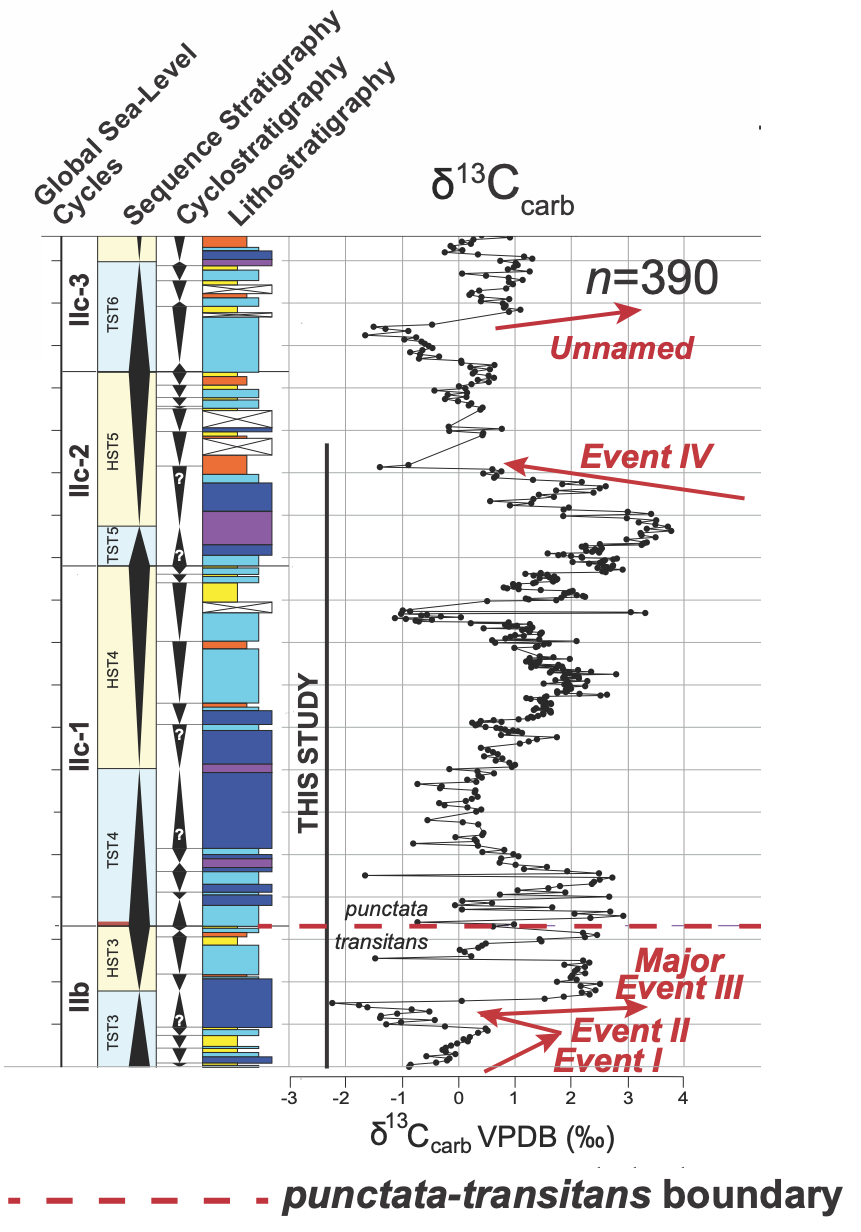 |
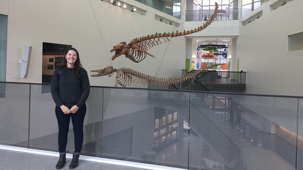 | Name: Rachel Laker Summary: Rachel studies the variation in marine vertebrate preservational outcomes by examining diagenetic characters (authigenic infill and apatite preservation) in the context of sequence stratigraphy. Sequence stratigraphic analysis provides an important contextual framework for understanding the early diagenetic (post-mortem) environment and exposure duration a bone can experience. She compares fossils fragments from several stratigraphic basins, including Big Bend National Park (Cretaceous, TX), the Calvert Cliffs (Miocene, MD), and Valley of the Whales (Eocene, Egypt). |
Want to learn more about our research grant awardees? Learn more here.






